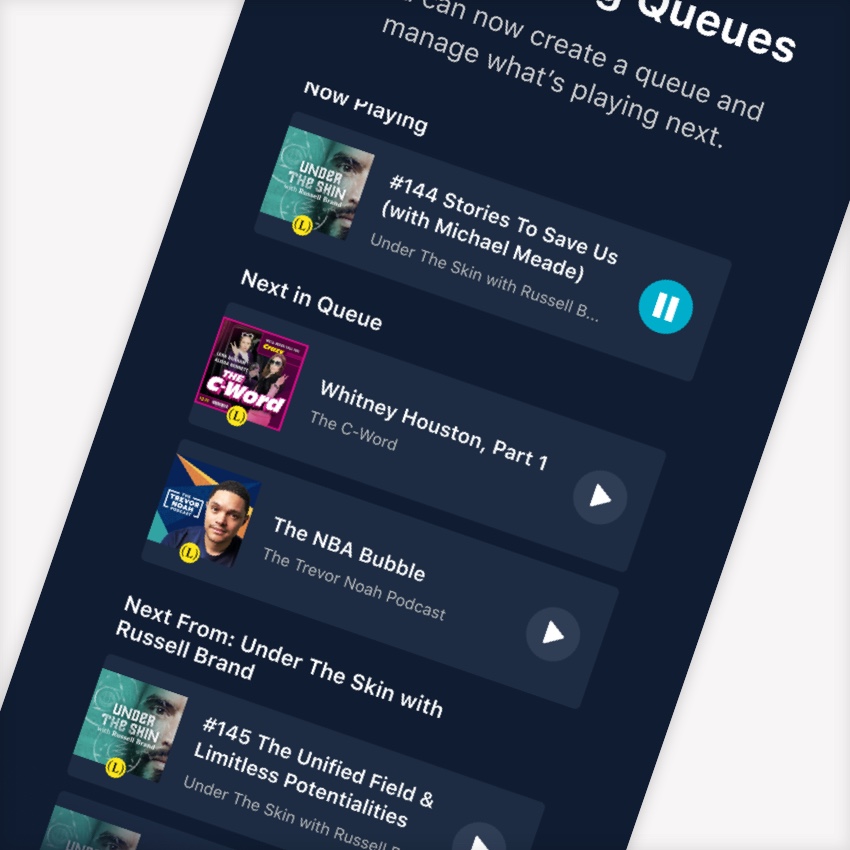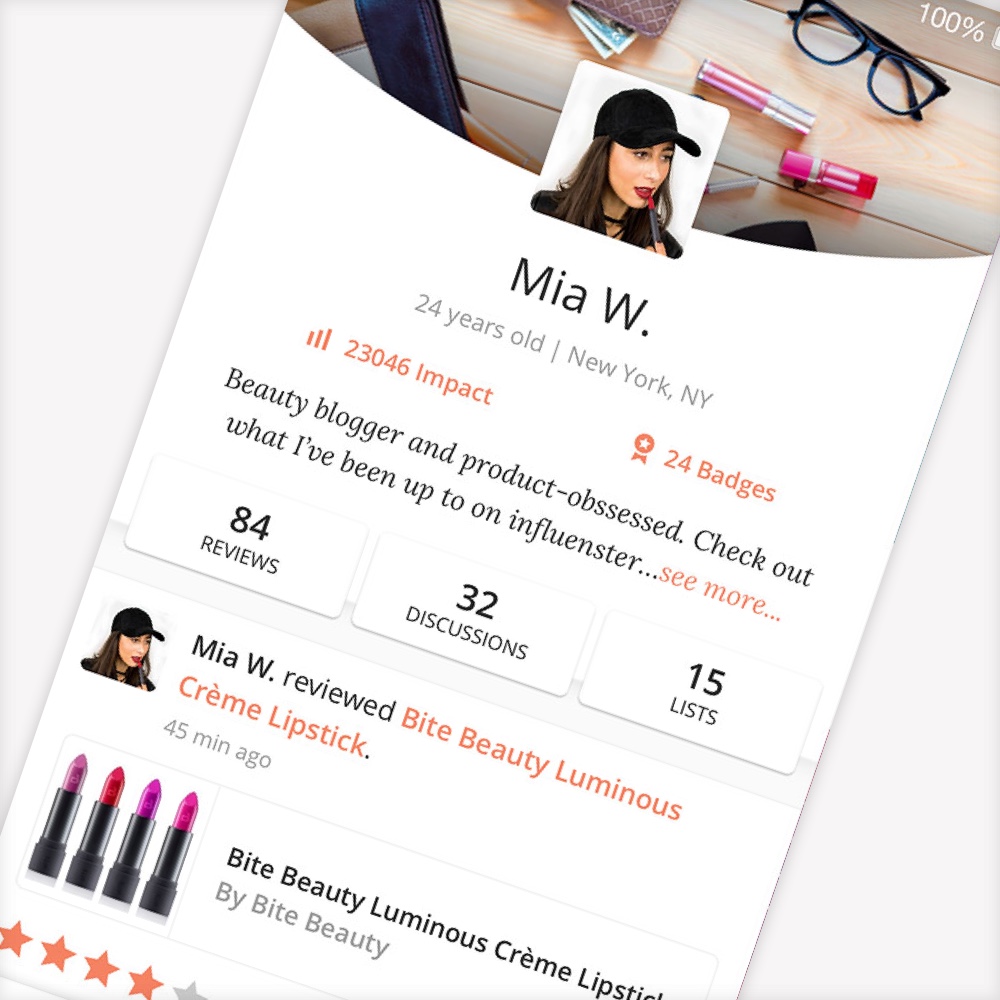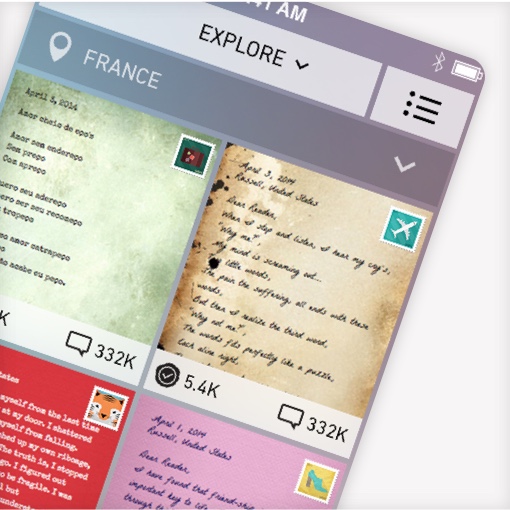Appointment Lateness
COMPANY
Glamsquad
TEAM
UX Designer / Researcher (Erin Pienta)
Senior Product Designer (Me)
Backend Engineer (Rohail Altaf)
iOS Developer (Dave Neff)
PLATFORMS
Glamsquad (iOS App)
Consumer-facing app where clients can book appointments.
WHO IS GLAMSQUAD?
Glamsquad is an on-demand beauty service provider in the 6 major cities of New York, Los Angeles, San Francisco, Miami, Washington DC, and Boston. Glamsquad provides hair, makeup, and nail services at any location and any time.
PROBLEM
Our Customer Service team gets on average 5,500+ text messages and 760+ calls per peak day. Our team was flooded with communications, reducing quality of service when it is truly needed.
PROBLEM
Clients have a high level of anxiety leading up to an appointment. Our Customer Service team gets on average 3,000 text message complaints and 767 calls per day on lateness.
OBJECTIVES & KEY RESULTS
GOAL & KEY RESULT
Objective 1: Build client trust in Glamsquad through information and experience design
Objective 2: Automate processes and reduce CE & Ops load
Key Result: Decrease total in-bound inquiries to CE by 50%.
Key Result: Decrease inbound inquiries about lateness to CE by 70%
Our clients should feel in control and at ease while waiting for their appointment to start and know the status of their Pro's arrival.
Decrease weekly average % of appointments with complaints on lateness from 1.75% to 0.5%.
Understanding Customer Service inquiries.
Understanding Customer Service inquiries.

5,500+ texts
760+ calls
On a single peak day
Once we confirmed lateness was the culprit of most inquiries, we had to break that down even further.
Once we confirmed lateness was the culprit of most inquiries, we had to break that down even further.
Since we did not set up Zendesk to have reason codes beyond "Lateness", we decided to interview our Client Experience team and found that lateness calls and texts were due to two buckets of issues:
1) Actual lateness.
• Will my Pro be on time for my appointment coming up?
• Where is my Pro? They're late!
• I'm going to be late to the appointment
2) Barrier to entry issues.
• Can't find the entrance
• Can't find parking
• Buzzer isn't working
• Doorman says the name doesn't match anyone in the building
Building user stories and concepting ideas.
Validation and idea concepting with Tech team.
The issues at hand were touching multiple user-types. There wasn't one straightforward issue to solve for, but many. These user stories helped us simplify our thinking and lead us to the following creative ideas.
As a Client...
I need to have an idea of my Pro's arrival time.
As a Beauty Pro...
I need to be able to access the client's apartment and get past on-location issues to be on time.
As a CE team member...
I need to be able to focus most of my energy on appointments that are truly going wrong.
Initial ideas:
• Support triage (finding your issue by drilling down through common scenarios - each with their own action to resolve.)
• Controlled text-like communication between Pro and Client
• Map visualization
• Text communication between Pro and Client
Validation and brainstorming with Tech team.
Understanding Pain Points
We brought in our tech team to validate some of our ideas as well as contribute with their own.
Here's what they had to say.
1) We have pre-appointment location data
2) We can sense lateness using our algorithm
3) We can utilize geofences to unlock features based on location
4) We can update a map based on data we are receiving
5) We can use Twilio for scrambled numbers - removing privacy issues.

Geofencing helps curb sensitivity around Pro & Client communication during lateness.
Using geofences, we could unlock text communication between a Pro and Client when the pro was on-location - removing CE team from being the middle man on Barrier to Entry issues.
To be extra cautious, we would only allow this if the Pro were not estimated to be more than 15 minutes late. If they were 15+ minutes late, communication was blocked and CE could step in.


Prototype made to understand possible interactions on the map view. Made with Principle.
Text ETA for first time users and in-app map locator for ultimate clarity and trust.
Text ETA for first time users and in-app visual map locator for ultimate clarity and trust.
As visual learners, people like maps in this situation (hi uber!) because we've grown to mistrust text notifications (i.e your food will arrive in 30-45 minutes).
Unfortunately, after testing this in development we found too many nuanced issues with disconnection during subway rides and the visual location not matching our ETA.
Even though our ETA was pretty accurate, if a client saw their pro so far away due to subway disconnection - this leaves them worried and confused.
There are solves for this, but it would take more time from design and development - so it was tabled for a 2020 project.
Our text notification was released and proved to be highly beneficial to improving trust and clarity around lateness.
Get ahead of very late appointments and allow customer service to attend what is truly needed.
Designing and Delivering an ETA status
We wanted our Client Experience team to be able to mitigate frustration on very late appointments as early as possible. For those Clients whose Beauty Pro was very late (~15+ minutes) they needed extra care in receiving this status.
So we built a High Risk Dashboard that would update itself live with any appointments our algorithm predicted to be very late.
• CE could double check the location of a Beauty Pro, call them, and confirm if they would be late or not.
• Ce could call a Client ahead of the appointment and let them know their Pro would be late - ultimately reducing potential tension between a Pro and Client.
• CE could enable communication between a Pro and Client if the Client seemed fine with the lateness issue.
• CE could resolve appointments with reason codes that would later help us understand how lateness was being resolved.
In conclusion, this project was a challenge with a multitude of technical issues and solves.
Here's a wrap up of what we released and it's effect:
1) High Risk Dashboard
• Reduces extremely late appointment frustration ahead of time.
2) Pre-Appointment Text ETA to Client
• Reduces pre and post appointment anxiety regarding timeliness of a Pro.
3) Open communication between Pro and Client with geofence rules
• Solves barrier-to-entry issues directly, removing CE as the middle man.
Key Result: Decrease total in-bound inquiries to CE by 50%.
We did so by 52%.
Key Result: Decrease inbound inquiries about lateness to CE by 70%.
We did so by 74%.










